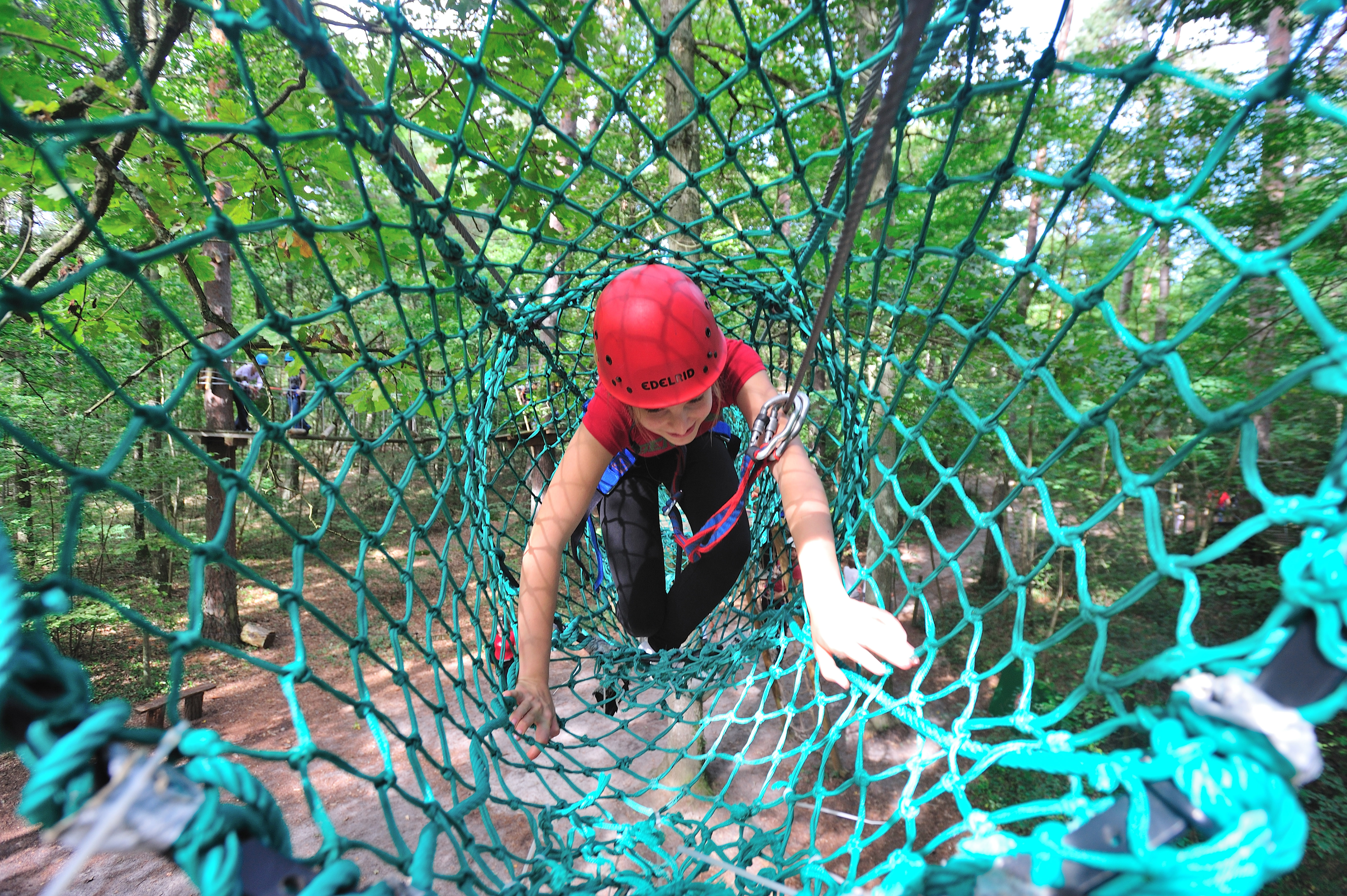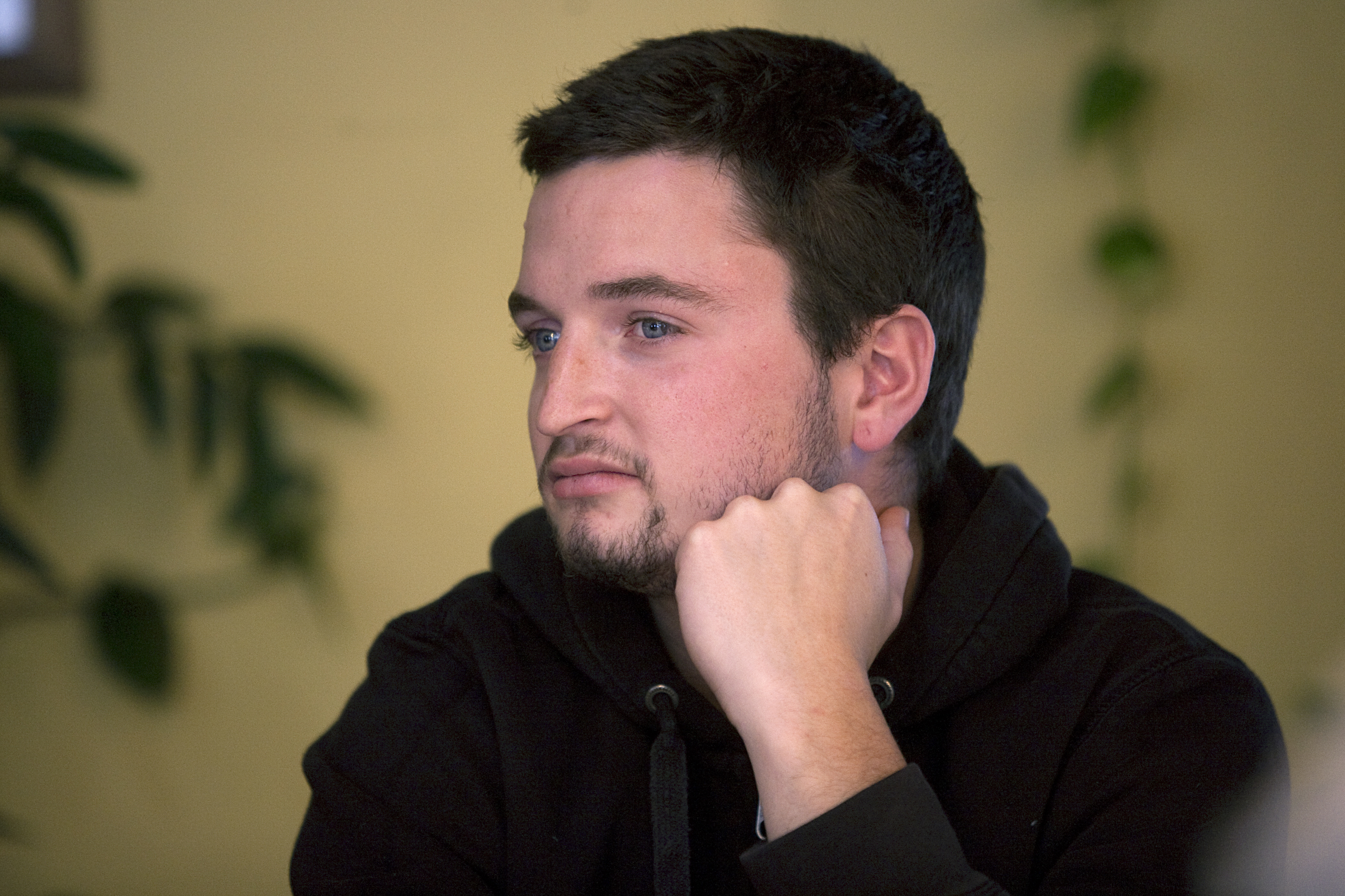Protection of children stepped up

Child protection measures have increased in Switzerland by 80 per cent since 2002, a sign that more and more parents cannot cope. As part of stricter steps rolled out on January 1, decisions are now being made by experts instead of laymen.
One noteworthy case involved a five-year-old boy picked up by police in a public swimming pool. Guardianship authorities were notified that the boy apparently didn’t want to go back to his mother and stepfather but wanted to live with his father.
Soon afterwards the boy’s legal representative filed an endangered child report, saying it was alarming that the child had left home on his own. In response, the lay authorities in the relevant commune ordered the placement of the child in an institution – without any clarification, and with immediate effect.
This was no random event, according to Andrea Weik, head of the youth welfare office for canton Bern.
“Communes with lay authorities sometimes ordered far too extreme, disproportionate measures because they didn’t have the necessary expertise,” she says.
The mother of the five-year-old boy immediately filed a complaint in response to the withdrawal of custody, which was upheld.
Another typical example involved authorities failing to take necessary action.
Not long ago, Bern University Hospital’s child protection group notified the cantonal youth office about an exchange in the paediatric emergency department with a mother who voiced the suspicion that her two children were being sexually abused by their father.
The suspicion could not be confirmed and the child protection group was more of the opinion that it was the mother who was suffering from a psychiatric disorder. Inquiries to the responsible guardianship authorities and paediatrician backed this up.
A year earlier, the mother had been a psychiatric inpatient. She had discontinued the pharmacological treatment prescribed after her stay. In spite of repeated notifications by the authorities, no further treatment took place. Reports alleged the mother drew her children into her own distorted perceptions, for example telling them that they were too fat and giving them too little to eat.
Still, the authorities failed to act.
End of the volunteer system
In the past, guardianship authorities in some Swiss cantons were made up primarily of laymen.
Most often, the politically-minded, elected members of the city parliament – whether farmers, bakers or bookkeepers – also served as guardians.
That practice has now ended. As of January 1, all decisions on child and adult protection issues must be made by professionals with experience in psychology, social work, pedagogy or law.
Andrea Weik of the canton Bern youth welfare office welcomed the changes. Bad decisions, such as the cases mentioned above, shouldn’t happen with professionals, she noted.
“In the case of the five-year-old boy, the commission of experts would have informed themselves about the caregiving situation,” she said.
“It would closely examine the conflict, in order to figure out what is behind the boy’s statement that he no longer wants to live with his mother. And it would carefully consider the situation with the boy’s father, only as a last resort using the option of placement outside the family.”
A professional body would also have better protected the children in the second case, Weik said.
“As a result of the reports it received of potential risk, it would have immediately asked for clarification of whether the mother was fit to retain custody of the children in spite of her mental illness, and whether the welfare of the children was in danger.”
In such situations, only professionals are in a position to arrange for the right measures to address the interests of the children, she said.
In a study for the Swiss Project Fund for Child Protection, protection systems were compared in countries with economic and social status similar to Switzerland’s (Australia, Germany, Finland, Sweden and Britain). In a second step, a group of Swiss experts examined the feasibility of applying such systems in Switzerland.
In their study, the researchers came to the conclusion that there are two types of modern child protection systems. One focuses on developing competent emergency systems which can intervene when a crisis has already occurred. The other aims at identifying the population most at risk and installing preventive measures that will help avoid a crisis.
An international comparison
At the start of this year, a new child and youth promotion act went into effect. These new provisions in child and youth politics are the result of increasing awareness in the past few years, says Manuela Krasniqi, a researcher specialising in questions about children and youth in the Federal Social Insurance Office.
Is Switzerland better or worse than other countries at protecting its children? It’s not possible to rank countries in which there is a higher percentage of endangered children per population because data on the topic is not collected, according to Krasniqi.
However, a study by the Swiss Project Fund for Child Protection looked at child protection systems in countries with economic and social status similar to that of Switzerland.
“The comparison showed that some countries – such as Great Britain, Canada and Australia – rely heavily on state intervention for families whose problems have become acute. In the northern European countries [Scandinavia and Germany] it’s important above all that families are supported at an early stage with targeted assistance, before the problems become acute,” Krasniqi said.
Internationally, experts have taken the attitude that both approaches are necessary – a balanced system offering early help for families on the one hand, and on the other hand professional bodies with the capacity to intervene.
With its new child and adult protection law, Switzerland has taken a step in the right direction.
The Swiss Project Fund for Child Protection supports prevention and training projects in the area of child protection. It also promotes research projects that are designed to fill gaps in the technical knowledge of prevention.
The association brings together knowledge and existing public and private networks in a public-private partnership designed to benefit the stakeholders working to protect children. Among the members are the Oak Foundation and the UBS Optimus Foundation as well as the Federal Social Insurance Office. The association is advised by representatives of the cantonal organisations responsible for child protection and youth assistance.
(Translated from German by Jeannie Wurz)

In compliance with the JTI standards
More: SWI swissinfo.ch certified by the Journalism Trust Initiative



You can find an overview of ongoing debates with our journalists here. Please join us!
If you want to start a conversation about a topic raised in this article or want to report factual errors, email us at english@swissinfo.ch.